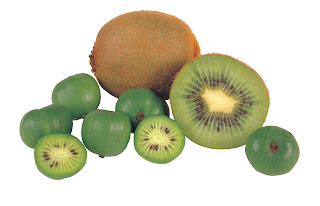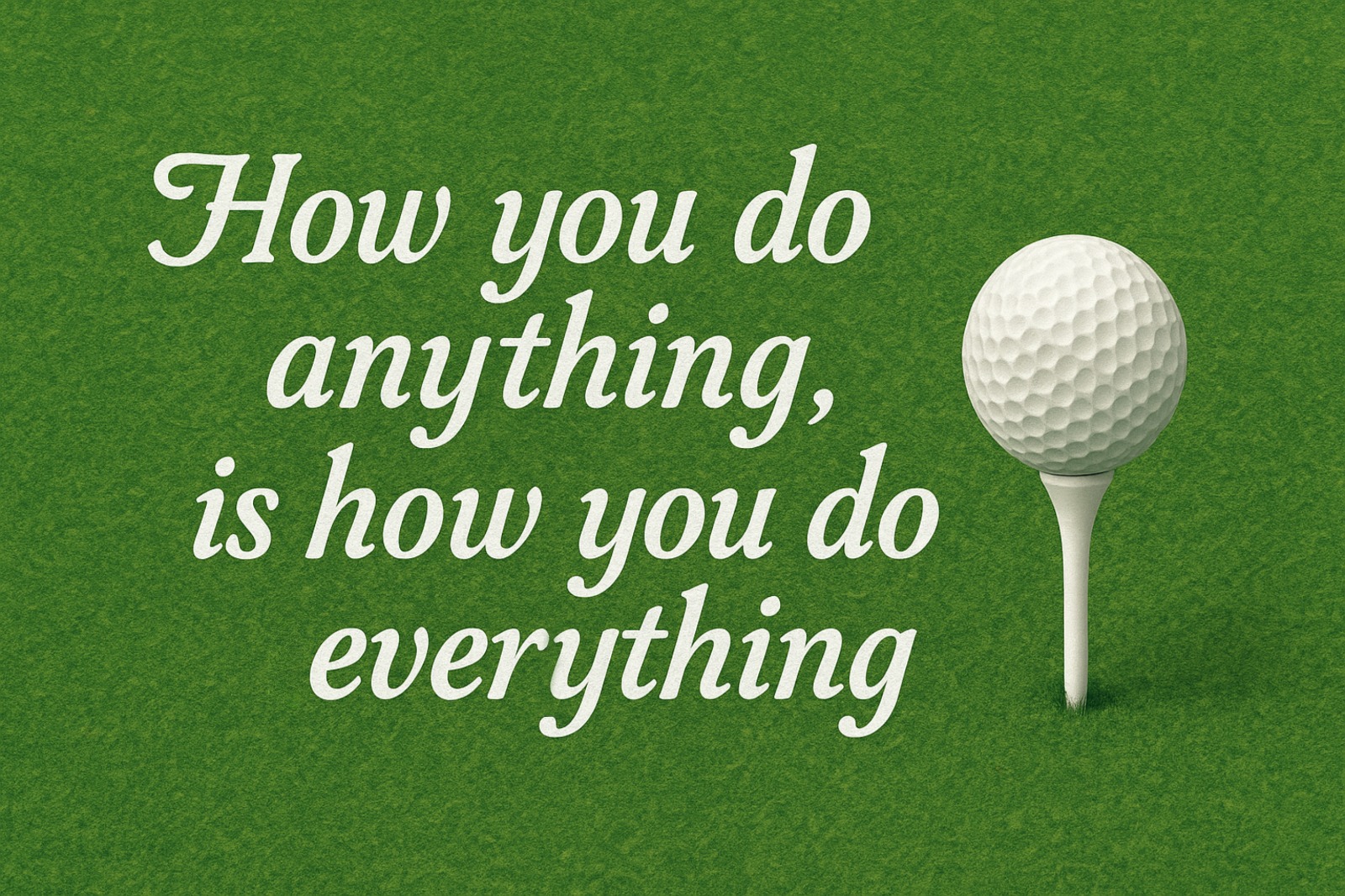Last month, Huffington Post’s Rebecca Orchant wrote about her plight as a foodie who confuses and frustrates supermarket cashiers with her purchase of “weird produce.” As a consumer, I can understand how that feels. You’re in a rush and the cashier doesn’t know what you’re trying to buy and takes too long to ring it up.
Instead of getting frustrated with the cashier’s lack of familiarity with specialty produce, I have a different idea. I think we should appreciate the fact that we have such a wide variety of produce to choose from, even if it means a little confusion at the check-out.
When Frieda’s started over 50 years ago, there were only 65 items available in the produce department. 65. That’s it. Back then, the checkers didn’t have any problems identifying the products by sight. After all, there were only red apples, yellow bananas and brown russet potatoes. There were no 4-digit PLU (product look-up) code stickers or barcodes.
Fifty years later, the 65 items have grown to over 650. Even the most basic of items come in more than one variety now. It is not just apples and oranges—it’s Granny Smith, Gala, Honeycrisp, and Cara Caras, Navels, and Moro Blood Oranges. Peas and carrots? Try Sugar Snap Peas and multi-colored baby carrots. Tomatoes and potatoes? How about Cherokee Heirloom tomatoes and Russian Banana fingerling potatoes? On top of it all, there are also organic varieties of just about everything.
The perfect example is the kiwifruit. Frieda’s is credited with introducing and renaming the (green) Kiwifruit to the U.S. market in 1962. Kiwis were once a specialty produce item, and now you can find them in virtually any supermarket. Today, in addition to the green Kiwifruit, there are also grape-size Baby Kiwifruit, Gold Kiwifruit, and organic varieties of all three kinds.
Like most things, when a new technology is introduced, some old-school methods go away. Four digit PLU codes on small stickers help make checkout easier and more accurate. With these codes, cashiers are no longer required to recognize the produce by sight. As a matter of fact, because the organic items are visually indistinguishable from the non-organic counterparts, you really need the PLU code to identify which one is which.
So, instead of getting annoyed at the hard-working cashiers, let’s turn this awkward situation into a learning opportunity for everyone. Just start a conversation about the weird products you’re picking up.
“Oh, that is a horseradish root. I’m going to grate it finely and use it to spice up my mashed potatoes for Thanksgiving.”
“And this is a Horned Melon, also called a Kiwano®. I am using it to decorate my table for Halloween. Actually, instead of having a Pumpkin carving contest this year, my kids will all be carving and decorating Horned Melons!”
To all my adventurous, produce eating friends, aren’t we lucky to have all these delicious conversation starters to make our normal, boring trip to the grocery store a little more interesting?
Enjoy!
Karen






